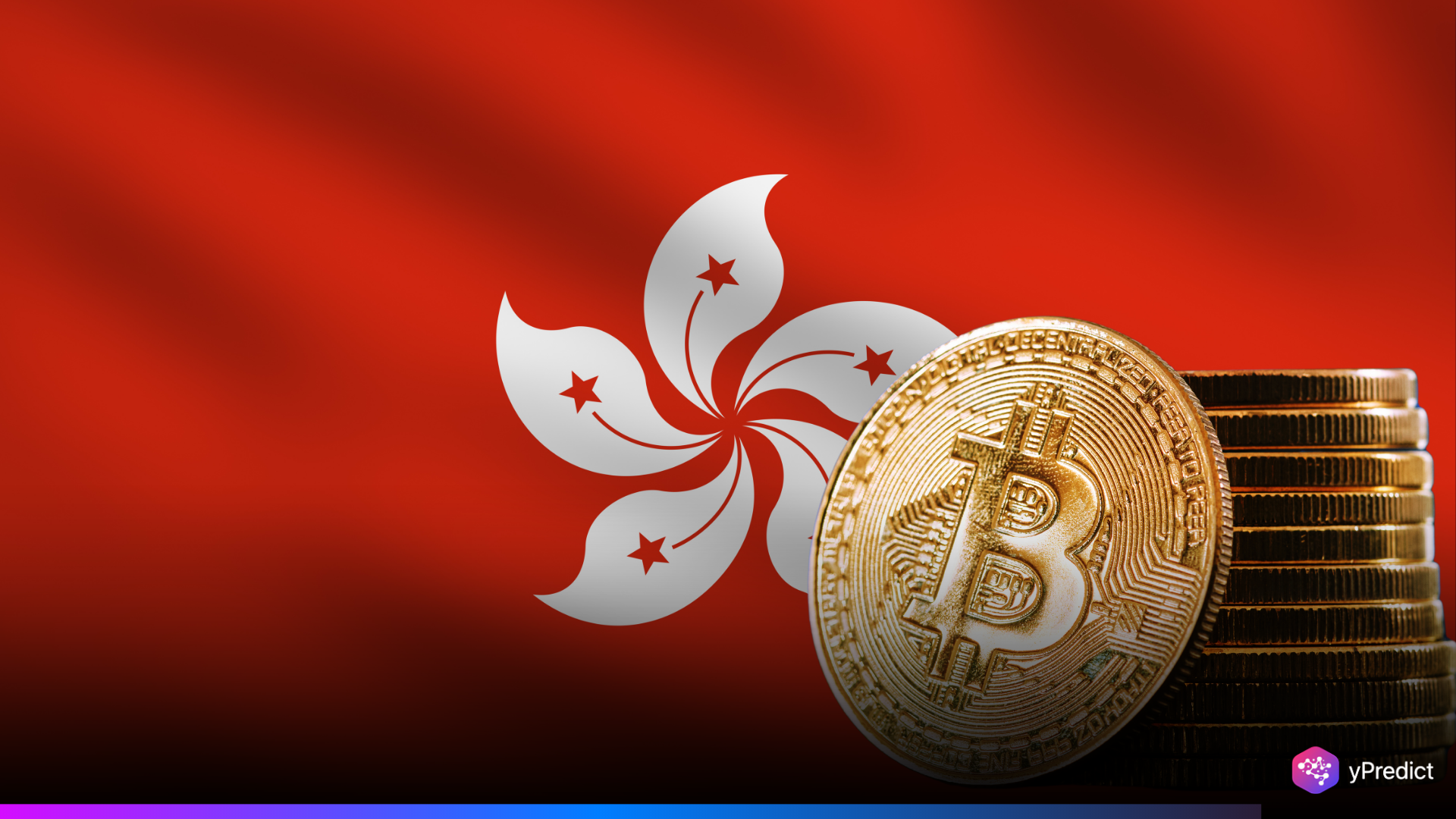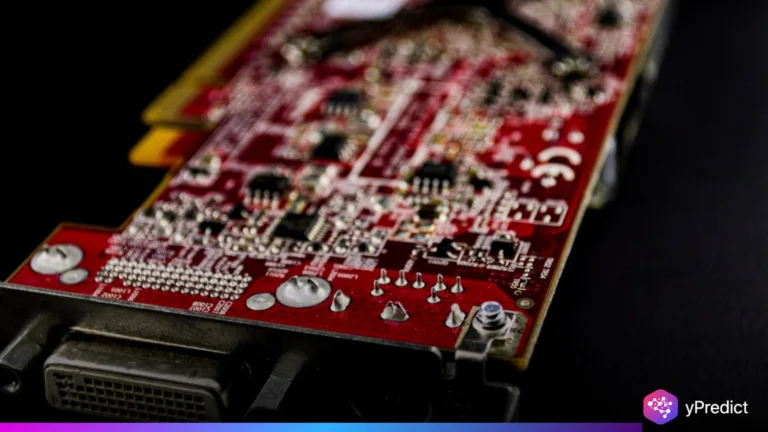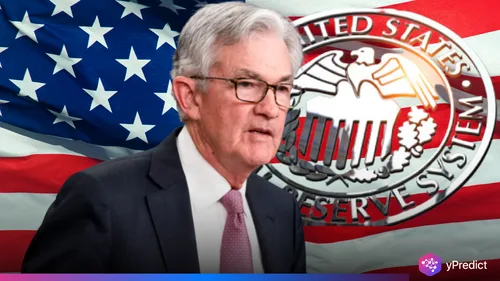
Hong Kong Monetary Authority (HKMA) sold HK$46.54 billion (US$6.005 billion) on May 3, the city’s biggest notable foreign exchange intervention in almost five years. The move came after the Hong Kong dollar edged up towards the upper limit of its trading band against the US dollar, which was poised to cross the fixed ceiling of 7.75.
The HKMA’s drastic action indicates its unwavering support for the Linked Exchange Rate System, which has helped to uphold Hong Kong’s financial integrity since 1983.
HKMA Steps In to Stabilize Currency Amid Capital Inflows
According to Reuters, the Hong Kong Monetary Authority also intervened in the market on Saturday, selling HK$46.54 billion (around US$6 billion) to prevent the local currency from breaking through the upper limit of its fixed exchange rate against the US dollar.
In Hong Kong’s linked exchange rate regime, the domestic currency can fluctuate within a narrow band of 7.75 to 7.85 against the US dollar. When the Hong Kong dollar neared the upper limit of this band, the HKMA entered the market to buy US dollars at HK$7.75, thereby injecting more Hong Kong dollars into the market and easing the pressure of appreciation.
The intervention took place as the local currency approached the stronger end of the convertibility band. The HKMA last took action to defend the peg by selling Hong Kong dollars in October 2020. This decision occurred amid a spike in capital inflows, particularly into Hong Kong’s stock market.
In a statement, the HKMA reported that it had purchased roughly US$6.005 billion at the HK$7.75 rate and sold an equivalent amount of local currency for HK$46.539 billion. The intervention came only days before the upcoming US Federal Reserve meeting, where potential interest rate adjustments are expected to be discussed.
According to the South China Morning Post, a HKMA spokesperson said in a statement that,
The recent strength of the Hong Kong dollar is mainly driven by increased demand for the currency related to equity investment activities, which has supported the exchange rate. Additionally, the recent appreciation of several regional currencies against the US dollar has also contributed to the strengthening of the Hong Kong dollar. The HKMA will continue to closely monitor the market situation and ensure Hong Kong’s money and foreign exchange markets operate in an orderly manner.
Capital Inflows Behind Currency Surge
Hong Kong markets experienced fresh vigour as mainland Chinese investors used the Stock Connect program to buy cheap stocks such as Alibaba and Tencent. State-backed Chinese funds also played a significant role, accounting for more than 40% of market volume on April 9-10, with daily deals exceeding HK$ 170 billion.
Their actions helped to stabilise markets after the Hang Seng Index fell 13.2% on April 7, the largest decline since the 1997 Asian financial crisis.
Apart from that, several other forces are currently driving demand for the Hong Kong dollar. Improved regional currency sentiment, shifting market dynamics, and increasing expectations of interest rate cuts by the US Federal Reserve have all attracted speculative capital into Hong Kong stocks.
Moreover, a large portion of this demand stems from equity-led transactions, as investors seek to capitalize on a potential rebound in Greater China’s financial markets.







